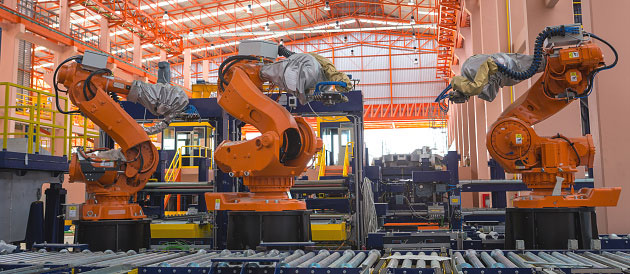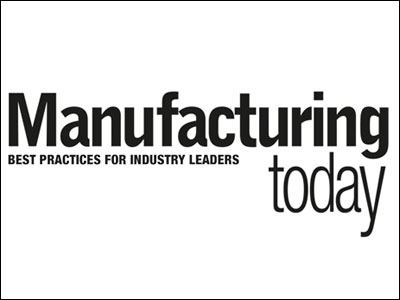Seventy percent of manufacturing and distribution executives think near-sourcing strategies will increase in the next five years, according to LMA Consulting Group’s proprietary research study on outsourcing, insourcing and near-sourcing. This is a reversal of prior trends towards outsourcing. In our experience with clients across all sectors and sizes of manufacturing and logistics, this is not uncommon. Executives rushed to outsource, following the in-crowd and have realized that they need to evaluate before jumping off the deep end of the pool when they haven’t learned to swim.
Although executives noted on the survey that they jumped on the bandwagon to outsource with an eye on cost, they are re-evaluating. Several compelling factors are driving this re-assessment:

1. Lack of control – The top concerns cited by executives in the survey center on communication and management challenges. They are plentiful in a typical manufacturing organization, let alone one that must coordinate across cultures, languages, currencies, customs, quality standards and management styles.
For example, one of our aerospace clients outsourced some of its operations to Mexico. Although there are many talented people in Mexico, the coordination efforts required to plan, source, coordinate, roll out product and schedule changes and other process improvements while maintaining quality standards were extreme. Although they saved money with labor costs, the management time and attention required to successfully service customers and coordinate across the supply chain was crippling at times. They didn’t reverse the decision; however, it absorbed at least twice as many resources as expected to ensure success.
2. The need for speed – Every manufacturing and distribution client – without exception – has experienced lead time pressure. 80% of customers are demanding lead time reduction. To add fuel to the fire, a 50% lead time improvement expectation is not uncommon. According to LMA Consulting Group’s proprietary research study, The Amazon Effect, lead times are being slashed across the board as manufacturing and logistics organizations expect Amazon-like service.
For example, we work with several companies in the building products industry, and this industry provides an extreme example. In order to maintain business, short lead times are expected – typically within 24-48 hours. To grow the business, these clients shoot for an 80/20 approach within 24 hours. One client is so focused on lead time that the entire order fulfillment process, system and rewards system is geared to ship same day.
Lead time is paramount to success. Thus, outsourcing to locations that require transit time hinder success. If they outsource, they must maintain sufficient inventory levels (in combination with expedited transportation methods) to cover demand – spikes and all. The bottom line is that the customer does not care about how the right product is delivered to the right place at the right time, only that it occurs.
3. Cash is king – Cash remains king. During the recession, companies were short on cash. Thus, cash was a precious resource. Since emerging from the recession, companies have cash – often excess reserves of cash; however, because it is a much more volatile world, there is concern that a buffer must be maintained. Therefore, although cash might be available, it remains king.
For example, if an organization is based in the U.S. and it serves customers in the U.S. yet it imports product from China, not only is lead time extended, but product is tied up on the water for weeks sailing across the Pacific Ocean. Any inventory on the water, tied up at the port, being transported on a truck or railcar or sitting in a warehouse equates to idle cash that cannot be used for reserves, to grow the business or to invest in the business. Because lead time pressures continue to increase, cash requirements continue to grow, causing further interest in insourcing and near-sourcing.
4. Total cost – Certainly wages are rising in China and other countries that have traditionally been an outsourcing haven. By no means have they risen to the point of U.S. wages; however, when the total cost is evaluated vs. insourcing and near-sourcing, the lines are coming into alignment for value-added products. The original driver is falling out of favor! With that said, our clients consider this a side benefit as satisfying customers’ expectations remains paramount.
Successful manufacturers are re-evaluating their outsourcing/ insourcing/ near-sourcing options. To remain competitive and have any hope of staying ahead of the curve, they are knee-deep in considering the options. Most likely there are capital investments, sunk costs and a myriad of challenges and opportunities to consider. Those that think innovatively are not just considering whether they should outsource or insource; instead they are thinking outside the box. For example, one executive transformed a low performing outsourced location into a high performing near-source location for local customers in surrounding countries. Instead of following the next wave of popular sourcing strategy, take a step back. Gain the key facts, rapidly assess and execute. Customers and profits will follow.
Published in Manufacturing Today on July 21, 2017



